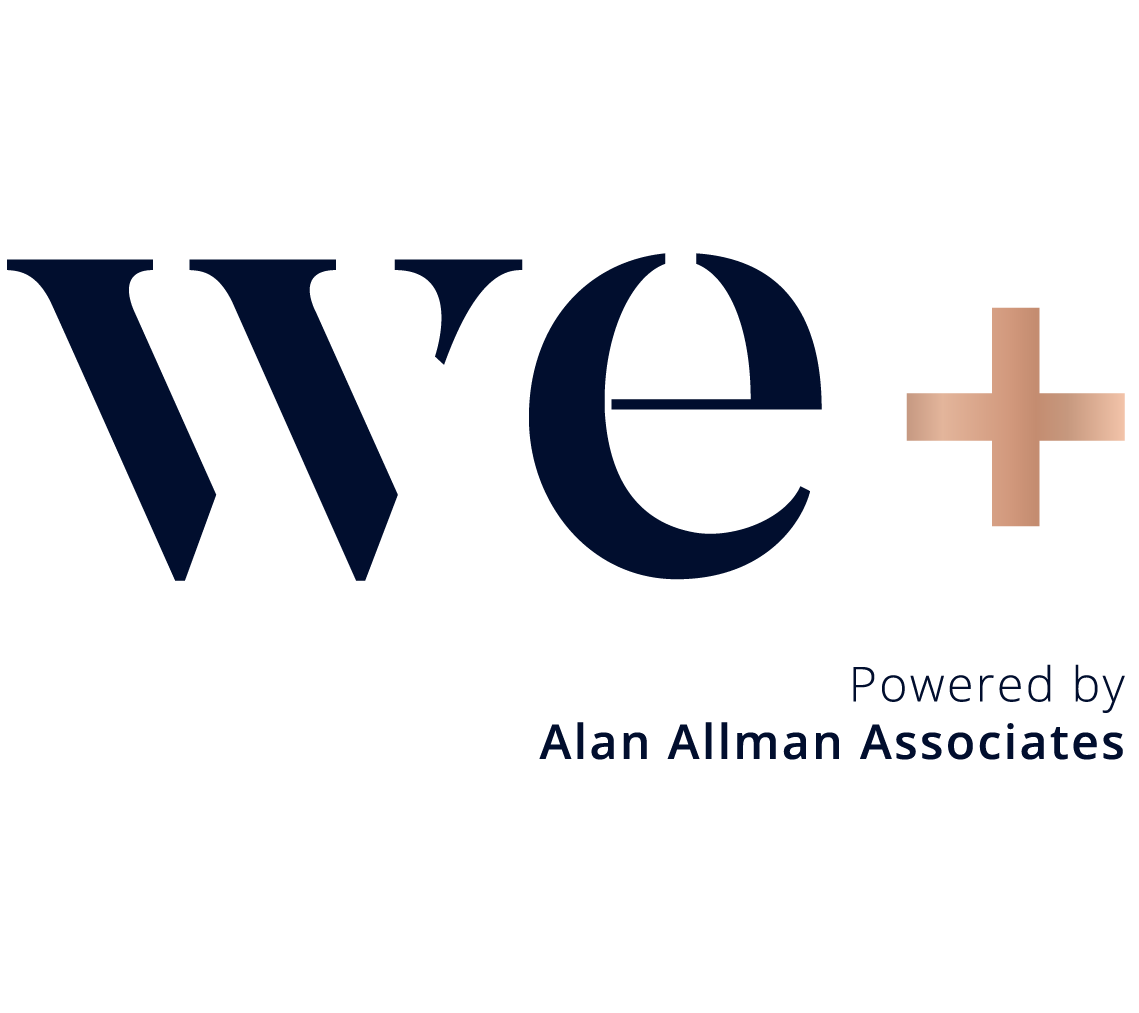Let’s start with the basics. MACH stands for Microservices, API-first, Cloud-native and Headless. It’s a set of principles that combines a couple of important trends in development:
- Instead of building (or buying) one large platform, you combine microservices in order to get the functionality you need. Every component is self-contained, meaning that it can easily be reused. And if one component needs an update, you don’t need to update an entire monolith.
- You use APIs to make the components talk to each other. They are the glue that holds your ecosystem together and the highways that deliver information to you, other partners in your ecosystem and your customers.
- Your applications live entirely in the cloud, on platforms such as AWS, Google or Azure. Cloud services are easily scalable and flexible, and that means you get more bang for your buck – or shall we say, better performance at a lower cost.
- You separate the front end of your platform – the “head” – from the back end, making it headless. APIs access the information in the back end and deliver it to front-end users on demand. A decoupled architecture is easier to maintain and scale
What is MACH architecture good at?
MACH answers at least one large user demand, and that is flexibility. Using a MACH approach, developers build applications from small, independent services that are easy to deploy and scale. You can add new features and change the landscape whenever you need to, without having to worry about what that means for the entire ecosystem.
Of course, that flexibility benefits you and your development teams. But perhaps more importantly, it puts your customer front and center. You’ll offer customers a truly tailored experience using components that benefit them specifically. MACH architecture easily adapts to changing customer needs and allows you to quickly integrate new technologies as they emerge.
So … Should you shift to MACH?
For all its benefits, MACH architecture also has some drawbacks. You’ll introduce more complexity than if you simply pick an all-in-one platform and stick with it. And that means your teams will need to draw on some very specialized expertise to keep up.
Do we think it’s worth it? That all depends on what exactly you expect. The scalability and flexibility of MACH architecture might be a great benefit for you if you have the right expertise on board and are up for some development challenges.
If that all seems a bit daunting, we can advise you on great out-of-the-box solutions that would be better suited. So let’s talk. We’ll put our thinking caps on.

